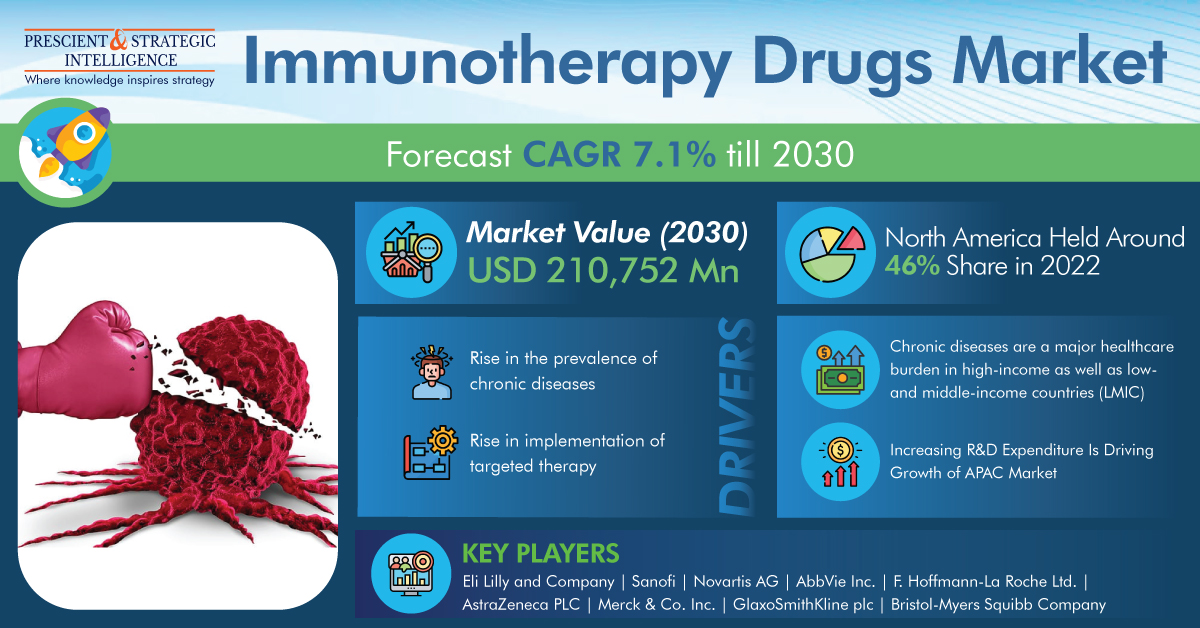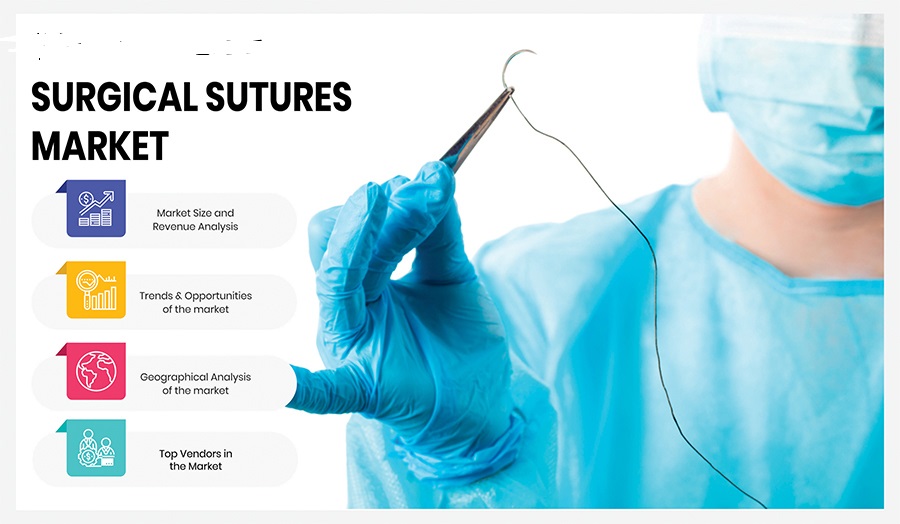It is quite common to find people suffering from cancer. Cancer was once considered untreatable, but it is not the case with all the developments going on in medical science.
Cancer has everything to do with putting bad impact of the body, that’s why the body is not able to recognize the cancer cells and fight with them. In this blog, there will be information about immunotherapy, which is a particularly recent treatment for cancer.
Immunotherapy utilizes the immune system of a person for battling cancer. It usually has fewer side effects than a chemotherapy treatment.
Immunotherapy is done on the basis of immune cells that have the potential of recognizing and killing cancer cells can be produced in the labs and given to patients for the treatment of cancer. Several immunotherapy drugs have got the approval by the FDA or are in the process of clinical trials for determining their efficiency in treating various cancers.
Preparing Immune System To Fight Cancer
Immunotherapies makes use of different methods for battling with cancer cells. There are generally three types of Immunotherapies:
Checkpoint inhibitors- It is that process, which disturbs the system of cancer cell signals dodging the immune system into thinking they’re healthy, exposing them, and get them attacked by the immune system
Cytokines- cytokines helping in regulating and directing the immune system are formulated in a lab and injected into the body in larger dose than that, which are produced naturally in the human body.
Cancer vaccines- These are vaccines which reduce the risk of cancer by launching an open attack on the cancer causing viruses, or might help in the treatment of cancers by motivating the immune system for attacking cancer cells in a precise body part.
Immunotherapy might be put to use alone or in combination with other cancer treatments, for example surgery, chemotherapy, radiation and targeted therapy.
Immunotherapy Vs Chemotherapy
Both immunotherapy and chemotherapy are usually employed treatments of cancer using drugs put a halt or slow the rate of growth of cancerous cells. Though, while chemotherapy drugs attack quickly producing cells all over the body, immunotherapy activates the immune system’s capability to recognize and attack the cells causing cancer.
What are the Benefits of Immunotherapy
Immunotherapies are less common than chemotherapy as a cancer treatment. But these therapies are a treatment option for various cancers.
Immunotherapies can be more comprehensive and less noxious than other treatments used for treating cancer, as they harness the body power to attack the cancer cells rather than inserting chemicals into the body.
Immunotherapies are an active area of research in cancer therapy, and many of the new treatments are waiting to be approved for use for the treatment of cancer.
Due to the increasing prevalence of Chronic diseases around the world, the demand for immunotherapy drugs will further increase in the years to come, and will reach a value of USD 210,752 million by the end of this decade.









